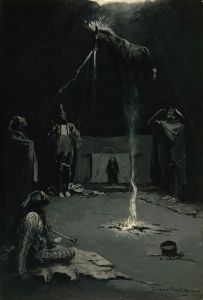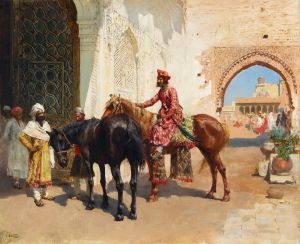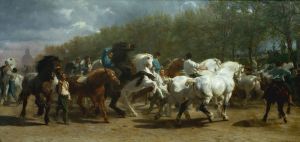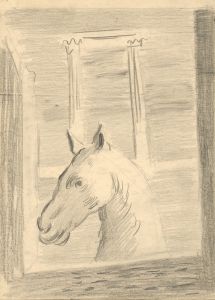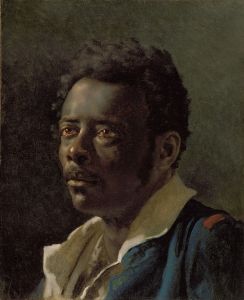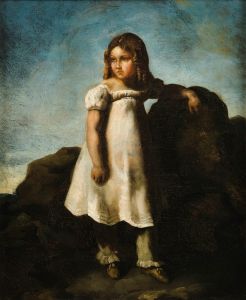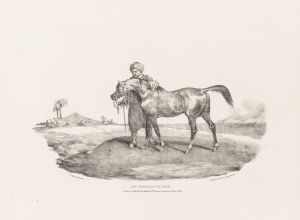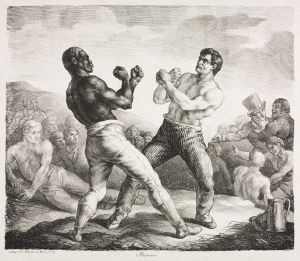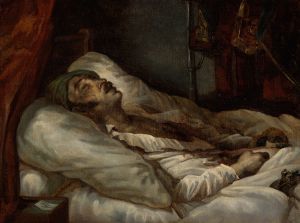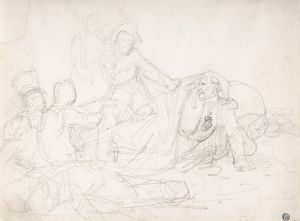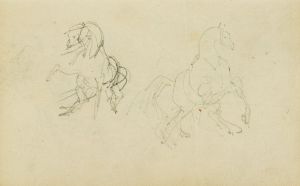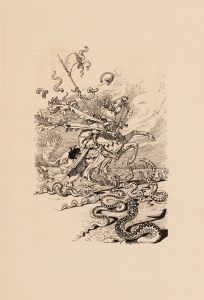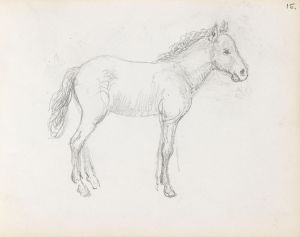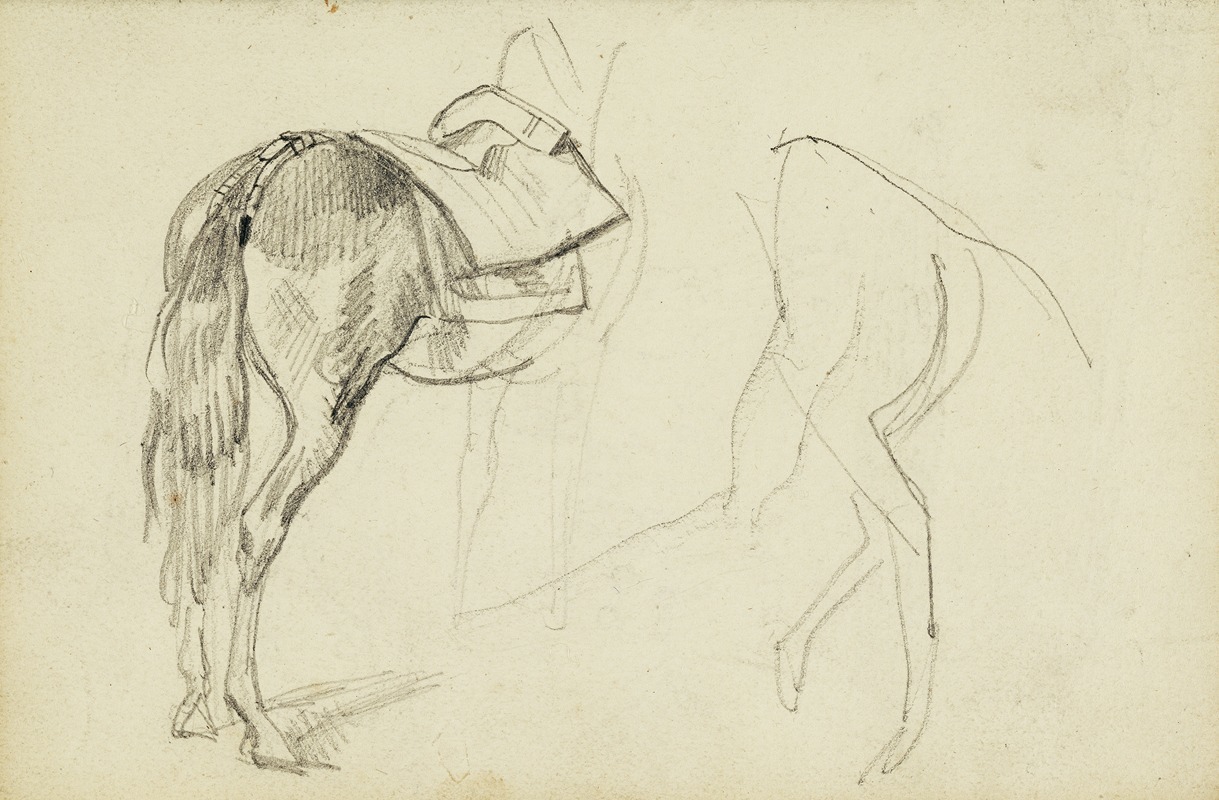
Horse Studies
A hand-painted replica of Théodore Géricault’s masterpiece Horse Studies, meticulously crafted by professional artists to capture the true essence of the original. Each piece is created with museum-quality canvas and rare mineral pigments, carefully painted by experienced artists with delicate brushstrokes and rich, layered colors to perfectly recreate the texture of the original artwork. Unlike machine-printed reproductions, this hand-painted version brings the painting to life, infused with the artist’s emotions and skill in every stroke. Whether for personal collection or home decoration, it instantly elevates the artistic atmosphere of any space.
Théodore Géricault, a prominent French Romantic painter, is best known for his dramatic and emotive works, including "The Raft of the Medusa." Among his lesser-known but significant contributions to art are his studies of horses, which reflect his deep interest in equine anatomy, movement, and character. "Horse Studies" is a term often used to describe a series of sketches, drawings, and paintings by Géricault that focus on horses, a subject he explored extensively throughout his career.
Géricault's fascination with horses can be traced back to his early life. Born in 1791 in Rouen, France, he grew up during a time when horses played a central role in transportation, agriculture, and military endeavors. This cultural backdrop, combined with his personal interest in the animal, led him to study horses in great detail. He frequently visited stables, racetracks, and even slaughterhouses to observe and document the anatomy and behavior of horses. His studies were not merely academic; they were infused with the Romantic spirit of his time, emphasizing the power, grace, and emotional depth of the animals.
The "Horse Studies" works are characterized by their dynamic composition and meticulous attention to detail. Géricault employed various mediums, including pencil, ink, and oil paint, to capture the essence of the horse. His sketches often depict horses in motion, showcasing their musculature and the fluidity of their movements. These studies were not only preparatory works for larger compositions but also standalone pieces that demonstrated his mastery of form and his ability to convey the vitality of his subjects.
One notable aspect of Géricault's horse studies is their influence on his larger works. For example, his iconic painting "The Charging Chasseur" (1812) features a rearing horse, a motif that appears frequently in his studies. Similarly, his equestrian portraits and battle scenes reveal the depth of his understanding of horse anatomy and dynamics, which he honed through these preparatory works.
Géricault's horse studies also reflect his engagement with the broader artistic traditions of his time. He was influenced by the works of earlier masters such as Peter Paul Rubens and George Stubbs, both of whom were renowned for their depictions of horses. At the same time, Géricault's approach was distinctly modern, emphasizing the individuality and emotional resonance of his subjects.
Today, Géricault's horse studies are appreciated not only for their technical excellence but also for their contribution to the Romantic movement in art. They offer a glimpse into the artist's creative process and his profound connection to the natural world. Many of these works are housed in museums and private collections, where they continue to inspire admiration and study.





